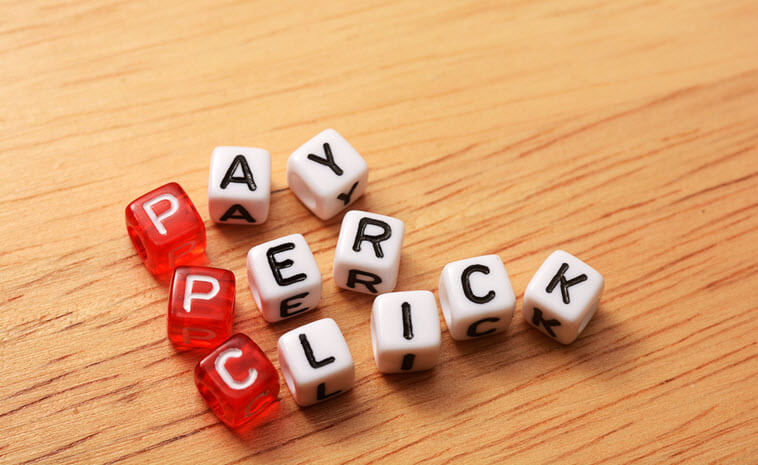At the end of February 2016, Google changed the layout of its search engine results pages (SERP)—a move that shook the PPC and SEO community.
The search engine removed paid search ads from the right side of the page, and now places four ads (up from three) at the top and up to three ads at the bottom of the page.
The removal of right-side ads affects only desktop searches, making the search results look similar to the mobile where Google usually shows either two or three ads. This SERP layout change makes sense, since Google’s updates after last year’s “mobilegeddon” have all been a part of a major push toward a seamless web experience across devices, whether it’s a desktop/laptop, mobile or tablet.
It is too early to tell what the true impact of the right-side ads’ removal will be, but there’s plenty of speculation in the industry about what this means for advertisers and businesses that use paid search ads. The initial expectation is for more aggressive competition for those top four spots, which could potentially raise the average cost-per-click on PPC ads. In addition, the click-through rates (CTRs) for the ads now appearing at the bottom of the page could suffer, as fewer people scroll all the way down.
Since the change about two weeks ago, we’ve noticed a slight decline in the click-through rates (CTR) that could potentially be related to the new SERP layout. However, it’s too soon to tell just what, if any, major changes need to take place for current PPC campaigns. What is clear is that, for better or for worse, we are entering a new era of paid search advertising.










